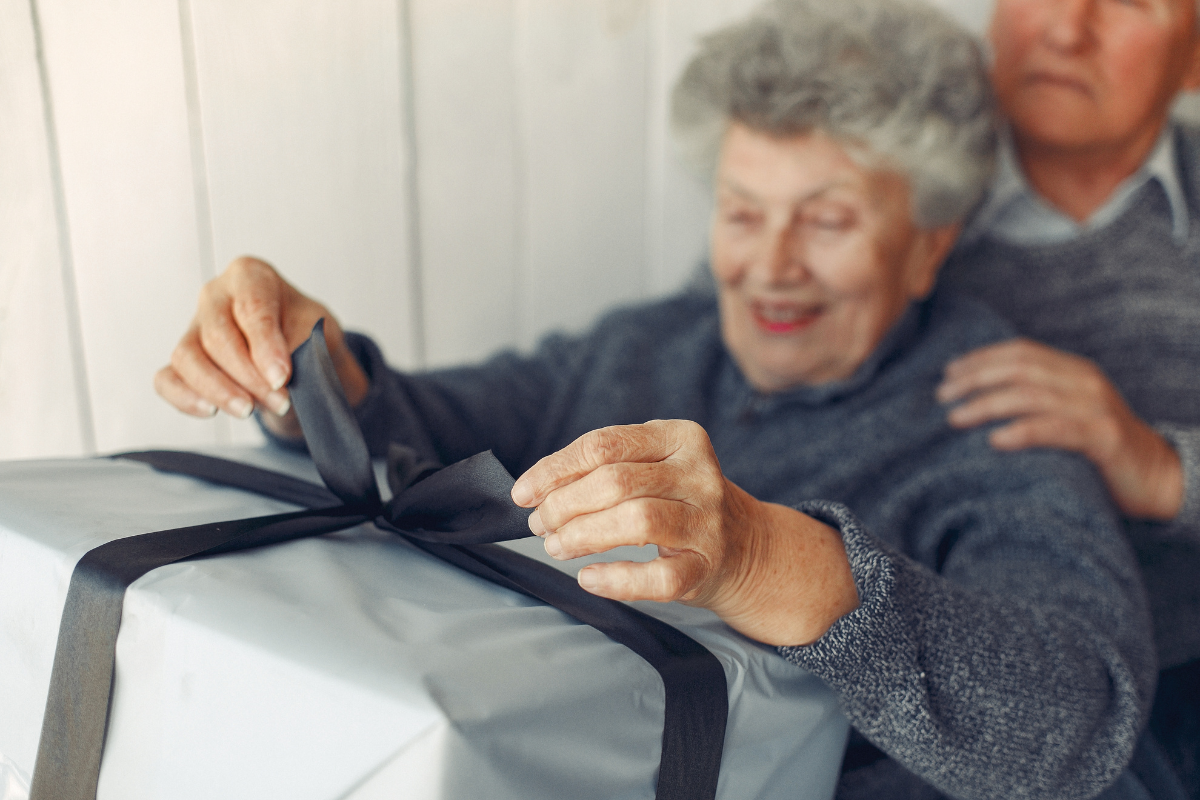The Facts About Ebola
 With the recent media and public spotlight on the Ebola virus, and the confirmed death of one patient within the U.S., the Crossroads Hospice staff are working diligently to maintain the highest quality care for our patients and to keep the family and friends of our patients up-to-date with the latest developments. Although the chances of a patient or loved one the Crossroads Hospice community would be exposed to -- and contract -- the Ebola virus are minimal, as healthcare providers, we want to keep the safety of those around us a top priority.
With the recent media and public spotlight on the Ebola virus, and the confirmed death of one patient within the U.S., the Crossroads Hospice staff are working diligently to maintain the highest quality care for our patients and to keep the family and friends of our patients up-to-date with the latest developments. Although the chances of a patient or loved one the Crossroads Hospice community would be exposed to -- and contract -- the Ebola virus are minimal, as healthcare providers, we want to keep the safety of those around us a top priority.
We also want to empower the patients and families we work with by giving them the facts about this disease. Most importantly, we want others to understand that it is very difficult to contract the Ebola virus without close contact with someone who is currently experiencing symptoms.
Some of the most important facts about Ebola are listed below. For the most recent information on Ebola, please visit the CDC website.
-
You can contract Ebola if you have direct contact with:
-
Body fluids of a person who is sick with or has died from Ebola, i.e. blood, vomit, urine, feces, sweat, semen or spit
-
Objects contaminated with the virus, i.e. needles and medical equipment
-
Infected animals, which would happen if you came in contact with their blood, body fluids or infected meat
-
-
The Ebola virus is not spread through casual contact, air, water or food grown or legally purchased in the U.S.
-
Ebola only spreads when people are sick. A patient must have symptoms to spread the disease to others.
-
After 21 days, if an exposed person does not develop symptoms, they will not become sick with Ebola.
With these known facts, there are still people who are contracting the virus. Below we explain who’s at high risk, who’s at low risk and what it would truly take to contract the virus:
High risk
A high risk exposure includes:
-
Percutaneous (e.g. needle stick) or mucous membrane exposure to the blood or body fluids of an Ebola patient
-
Direct skin contact with or exposure to blood or body fluid of an Ebola patient without using proper personal protective equipment
-
Processing blood or body fluids of a confirmed Ebola patient without proper personal protective equipment or standard biosafety precautions
-
Direct contact with a dead body without appropriate personal protective equipment in a country where an Ebola outbreak is occurring
Low risk
Low risk exposures include:
-
Household contact with a patient known to have Ebola
-
Other close contact with Ebola patients in healthcare facilities or community settings, with close contact being defined as:
-
Being within approximately three feet (one meter) of an Ebola patient or within the patient’s room or care area for a prolonged period of time (e.g. healthcare personnel, household members) while NOT wearing recommended personal protective equipment.
-
-
Having brief contact (e.g. hand shake) with an Ebola patient while not wearing recommended personal protective equipment
Brief interactions, such as walking by a person in a grocery store, pharmacy, or moving through a hospital do not constitute close contact.
If you’re concerned about the spread of Ebola, get your annual influenza vaccination. This simple but life-saving measure may not only reduce your risk for contracting the flu, but it may also help to reduce the number of individuals with actual flu symptoms. By lessening the number of people with flu symptoms, there will be less people in emergency departments with the fear that they’ve contracted Ebola, and less of a burden on healthcare systems.
Fortunately, the chances of our staff coming into contact with a patient with Ebola are very, very slim because within our patient population, very few would have had the physical ability or energy to have been able to recently travel into the known outbreak areas. Even with this low risk, our staff will continue to diligently follow all Universal Precautions and required infection control measures.
If you have any questions about Crossroads Hospice’s measures to ensure patient safety, you can email Deanna Looper.
 |
DeAnna L. Looper RN, CHPN, CHPCA Senior Vice President of Clinical Operations Crossroads Hospice |
If you found this information helpful, please share it with your network and community.
Copyright © 2015 Crossroads Hospice. All rights reserved.




